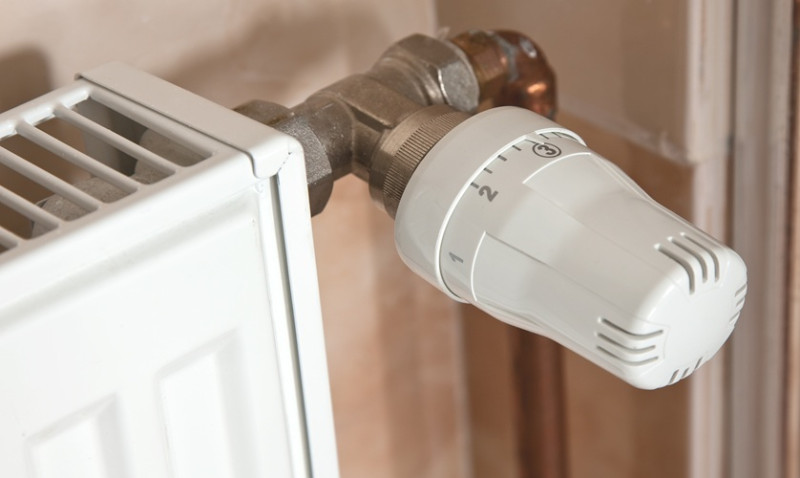
With temperatures outside dropping lower and lower, naturally, you would like to enjoy a warm and cozy home, especially considering how much time we spend indoors this year. Now, toasty warm feet is a great thing, however, no one wants to break the bank and spend a fortune on the heating bills. You don’t have to choose between paying for the expensive heating or sacrifice your comfort, because you can enjoy a warm home and still be able to cut down your heating bills at the same time. These simple yet very efficient tips and tricks will help you, check them out.
Use the Curtains
Yes, you read that right, your curtains can help you a lot for cutting down the heating bill. The heat from the sun is absolutely free and despite the fact that the UK is not the sunniest place in wintertime and all year round, to be honest, you can still make the most of the sunny days. So make sure that during the day you open your curtains and let the sunlight enter your home. Once it gets dark, make sure to shut the curtains back again, since curtains work as an additional layer of insulation and do not allow the heat in your house to escape the room. In order to make sure the warm air stays in the room, ensure there are no leaks or gaps. This will also help you reduce condensation.
Timers on Central Heating
Programming your boiler to turn the heating on a bit earlier on a lower temperature, for example, half an hour earlier before you are back from work, or half an hour before you wake up in the morning, is significantly cheaper if you turn the heater on a higher temperature once you are back home or up in the morning. The main reason that this is the cheapest way is that every boiler will heat up at a constant speed no matter the temperature you set on the thermostat. However, make sure you don’t leave the heating on low for the whole day. This will mean that you are paying for heating when you actually don’t need and use it.
Remove Obstacles from in front of the Radiator
Yes, indeed, having your sofa in front of the radiator is a great way to enjoy warmth and coziness in the evening and when you are in front of the TV. However, this means that you are limiting the radiator and not allowing its full potential to heat and cover a larger area of the house. So make sure there are nothing places in front of a radiator that will stop or limit the hot air from circulating and reaching every nook and corner of the room or the rest of the house. In order to get the most from the radiator, make sure to also move the curtains or drying clothes away from the radiator. Failing to do these simple things means you are not using the full healing potential of the radiator, but you are paying for it.
Better Insulation
Now, it is calculated that the average British home will lose almost a quarter of the heat through the roof. Not to mention the rest of the areas and features of your home that, when not insulated properly, can allow a lot of the heat to escape the house and the cold air from outside your home to enter it. However, this can be easily fixed, you just need to ensure better insulation. When it comes to the roof, simply some insulation installed throughout the roof and this will help significantly. It is also worth to check your walls and flooring too. An uninsulated home will allow almost a third of the heat to be wasted, therefore, make sure to invest in cavity wall insulation to stop paying for heat you actually don’t enjoy. Wood flooring can also allow wastage of the heat. Ensure a solid and stable wooden floor that is well-insulated by having a high-quality underlayment installed under the floorboards and take care of wood flooring gaps once you notice them occurring.
Block Out the Draughts
Even something as simple as making a sausage dog draught excluder can help you keep the warmth inside your home and prevent cold air from entering the house. According to recent studies and statistics, it is estimated that even simple things like DIY draught-proofing solutions for your doors, for example, can save you as much as twenty-five British pounds every year. In addition, it is very simple to do and you don’t need to invest a lot of inexpensive materials to achieve good and efficient insulation. For example, insulating your doors with the help of a self-adhesive rubber seal placed around doors and windows in your house is cheap, but still very effective and can achieve great results in terms of insulation.






